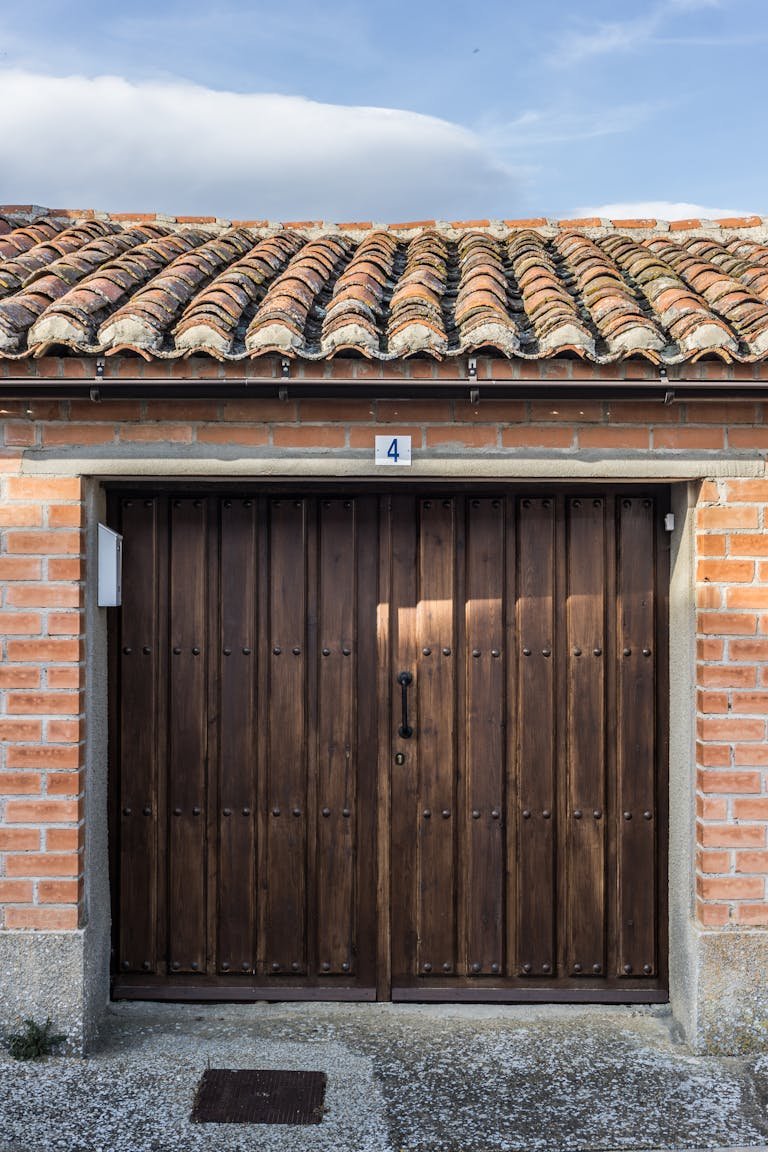When hiring a general contractor for a construction or remodeling project, it is important to understand the payment schedule and how it will impact your project’s timeline and financial management. Payment schedules outline when and how much money will be paid at various project stages, ensuring the contractor and the client are on the same page. A clear understanding of the payment structure helps build trust and prevents misunderstandings that could delay the project or lead to disputes. We will explore how payment schedules work, why they are necessary, and how to navigate them when working with a Salem general contractor.
Ways payment schedules work
1. The Importance of a Clear Payment Schedule
A payment schedule serves as a financial roadmap for your project, outlining specific milestones at which payments will be made. This schedule benefits the homeowner and the contractor by creating a structured agreement that keeps the project moving forward. The payment schedule ensures contractors have the funds needed to purchase materials, pay subcontractors, and cover other expenses throughout the job. For homeowners, it provides a clear timeline for when payments are expected, allowing them to budget accordingly. A clear payment schedule also establishes accountability, as it ties payments to completing specific tasks, making tracking progress easier and ensuring the work is being done according to plan.
2. Common Payment Structures in Contracting
There are several common payment structures used when working with a general contractor, and the right one will depend on the size and complexity of the project. One of the most common structures is a “milestone-based” payment schedule, where payments are made as specific project phases are completed. For example, a contractor may request an initial deposit, followed by additional payments when the foundation is poured, framing is complete, and so on. Another option is a “percentage-based” payment schedule, where the client pays a certain percentage of the total project cost at predetermined intervals, such as at the start of the project, halfway through, and upon completion. In either case, the contract should clearly outline the payment schedule to avoid confusion or disputes later on.
3. Understanding the Initial Deposit
Usually, the first payment to a general contractor is an initial deposit. This deposit helps the contractor secure materials and begin the initial work on the project. While the deposit amount can vary, it is typically a percentage of the total project cost. Homeowners should be cautious about paying too large of a deposit upfront, which could leave them vulnerable if the contractor fails to deliver on the project. It is common for contractors to ask for a deposit of 10-20% of the total cost, but this amount can vary depending on the size and scope of the project. Ensuring that the deposit amount is reasonable and aligns with industry standards is essential for protecting your financial interests.
4. Tying Payments to Milestones
One of the most effective ways to structure a payment schedule is by tying payments to the completion of specific milestones. Milestone-based payments allow the homeowner to verify that work has been completed satisfactorily before making additional payments. For example, after the foundation is laid, the contractor may request payment for that phase of the project, and only once the homeowner confirms that the work is complete will the next payment be made. This ensures that the contractor remains motivated to complete the project on time and to the agreed-upon standard. Homeowners should work closely with contractors to define these milestones clearly and ensure each project phase is tied to measurable progress.
5. Handling Final Payments and Retainage
The final payment is an important part of the overall payment schedule and should only be made once the project is completed. In many cases, contractors will request the final payment after the last milestone is achieved and a final walkthrough has been completed. During the walkthrough, the homeowner should inspect the work to ensure that all aspects of the project meet their expectations. If any issues are identified, they should be addressed before the final payment is made. Sometimes, homeowners and contractors may agree to a “retainage” or holdback, a small percentage of the total payment withheld until all punch-list items are completed. This retainage incentivizes the contractor to finish any outstanding work and ensures that the homeowner is satisfied with the final result.
6. What to Do If Issues Arise
If problems arise during the project, it is important to address them quickly to avoid payment disputes. Whether there are delays, subpar work, or changes to the project’s scope, communication between the homeowner and the contractor is key to resolving issues. Changes to the payment schedule or project scope should be documented and agreed upon by both parties. In a serious disagreement, having a well-defined payment schedule in the contract can provide protection and clarity for the contractor and the homeowner. Additionally, homeowners must be aware of local laws and regulations regarding contractor payments, as these can vary by region.
Understanding the payment schedule when working with a general contractor is essential for ensuring the success of your construction or remodeling project. We will explore how a clear and structured payment schedule helps keep the project on track, protects the homeowner and contractor, and ensures that each project phase is completed to the agreed-upon standard. By setting reasonable deposit amounts, tying payments to milestones, and handling final payments carefully, homeowners can manage their projects effectively while avoiding financial disputes. A well-structured payment schedule is key to a smooth and successful collaboration with a general contractor.







